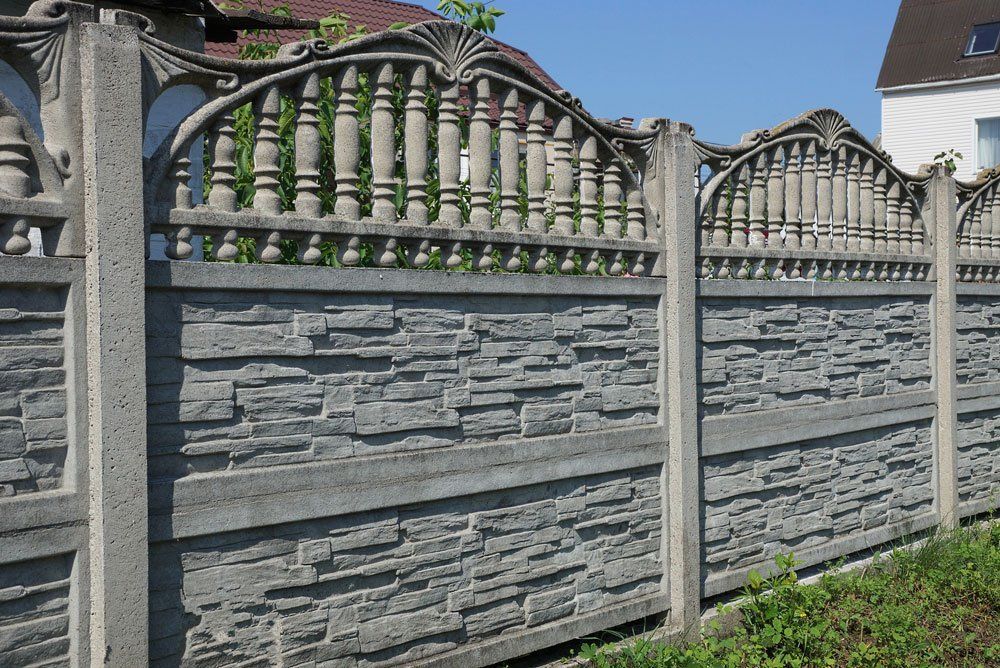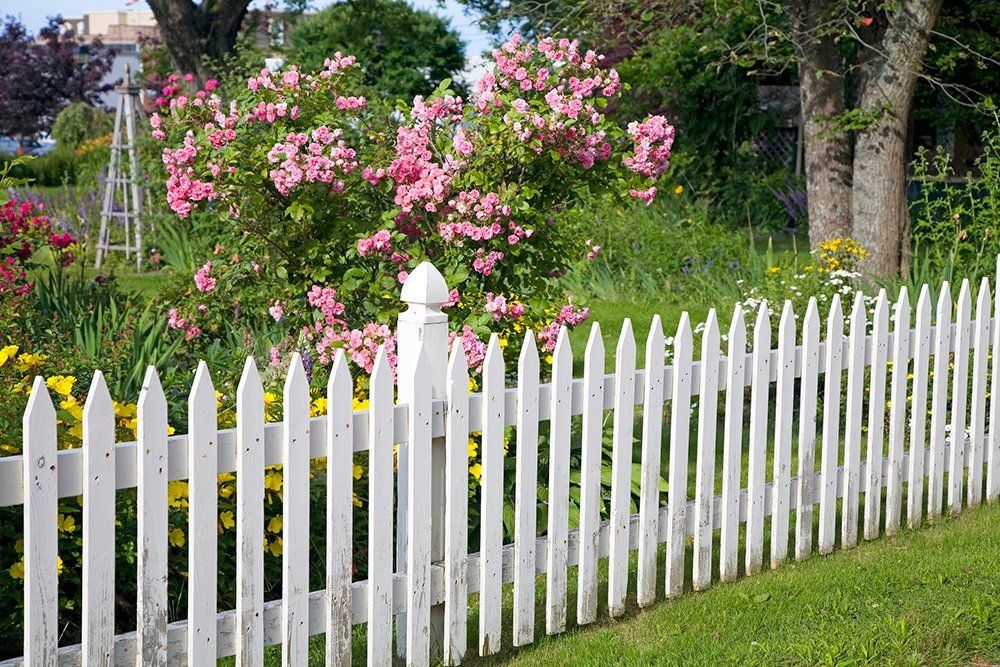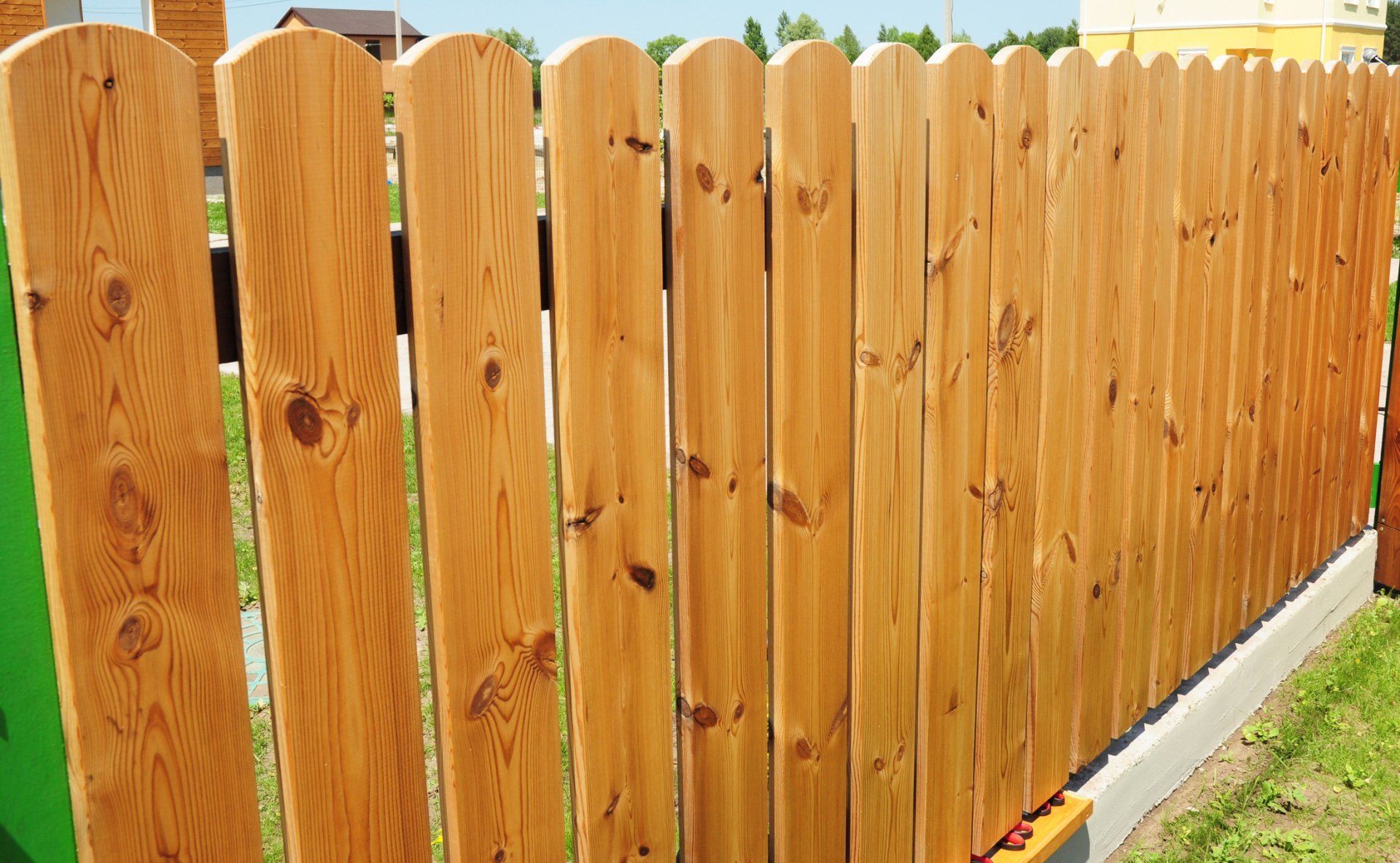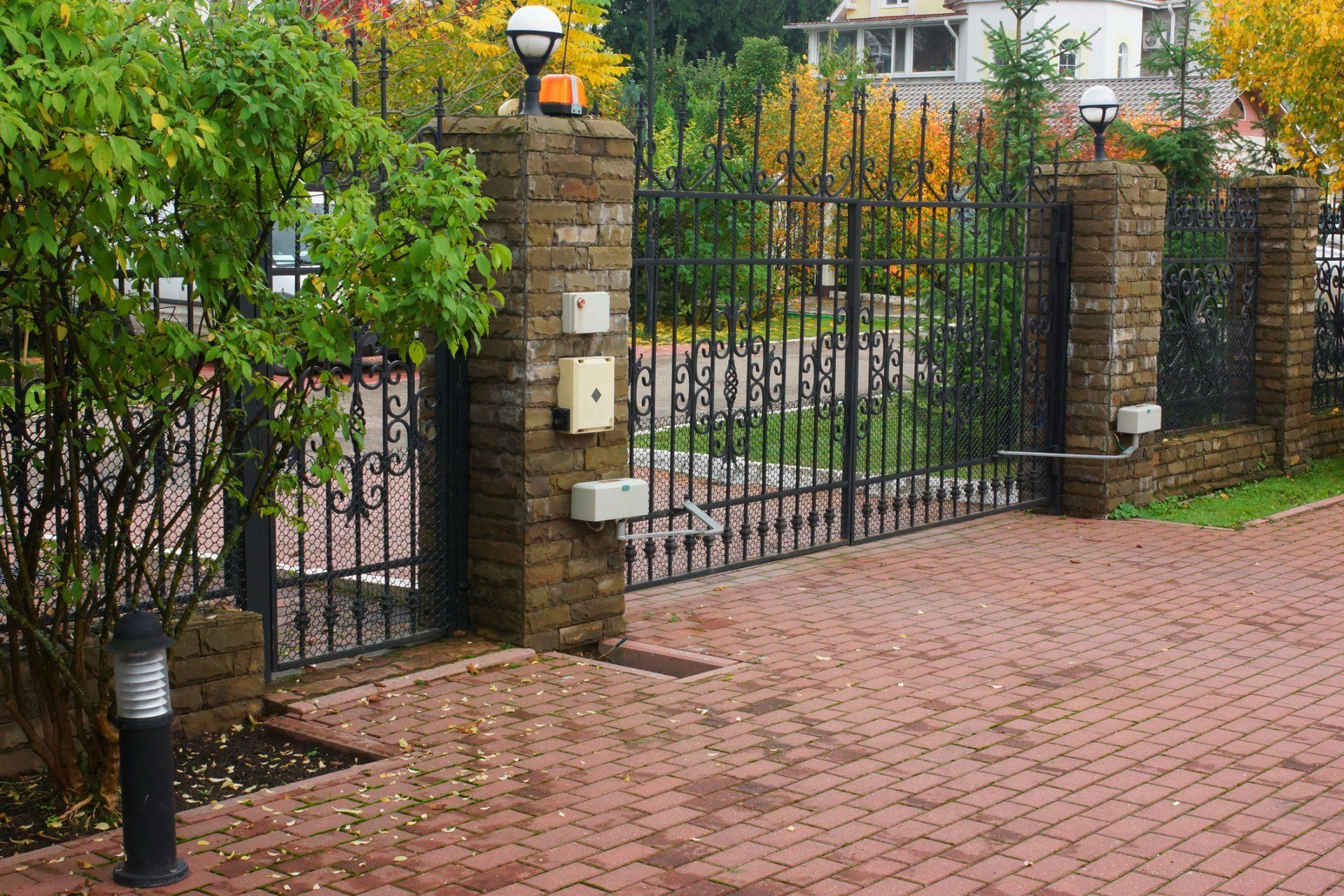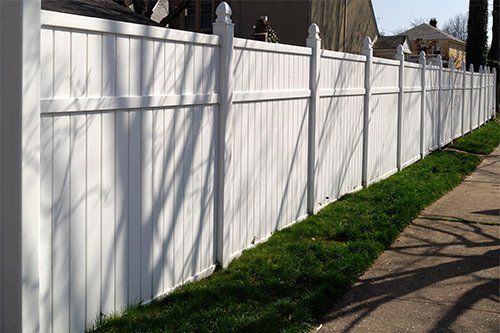Blog Layout
WHAT YOU NEED TO KNOW ABOUT PAINTING YOUR NEW FENCE
Admin • August 18, 2020
Should you paint your fence? If fence installation is next on your list of home improvement projects, take a look at the questions to ask before you make a dramatic color change.
What Material is the Fence Made From?
Before you attempt to paint your new fence, or choose a fence to paint, discuss the material content with the contractor. The fence contractor can help you to better understand which products are paintable (or stainable) and which aren't. While there are variations among different types of materials, in general:
- You can paint wood. While some homeowners prefer the natural tone of bare wood, this fence material is easy to paint or stain. From highly stylized hues to neutral stains, you can transform your new wood fence with a brush, roller, or other painting tool.
- You don't need to paint PVC. This popular plastic fencing product comes in a variety of colors. This means you won't need to paint the plastic. Instead, choose a standard white fence or opt for a fashionforward color. If you like a natural look, you can even select a faux wood tone.
- You can paint aluminum. Like wood, you can also paint aluminum fencing products.
Slated or post style fences aren't the only products you can paint. Even though the twists and turns of a chain link fence may make the painting process a challenge, it's also possible to add a fresh coat of color to this type of material.
Should You Paint the Fence?
Now that you know which types of fence materials you can paint, you need to consider the reasons to (or not to) change the color. A new fence (painted or not) can freshen your yard and add to the overall curb appeal. But the natural color or bare material may not provide the look, luster, or lifespan you want in this exterior home accent.
If you're not sure whether to paint your new fence, consider:
- Your home's aesthetics. Will a plain fence look off with your bold home exterior? If a coordinating color or wood stain adds to the aesthetics of your home's façade, you may want to paint your new fence.
- The fence's durability. Even though wood, aluminum, and chain link are durable building materials, the elements can weather your fence. Layers of paint, stain, and sealant can protect the underlying material and increase your fence's durability.
- Local laws or homeowner's association rules. Does your township, city, or homeowner's association have rules that regulate if you can paint a fence? If you're not sure, ask first. Failure to comply with applicable laws may mean you need to replace the fence.
- Pre-painted or ready-made options. Again, some fences (such as PVC or aluminum) come in a variety of colors. These options don't require a coat of paint to achieve a bold or stylish look.
A painted fence doesn't always have to stand out. If you don't like the look of bold or dark colors, you can stain your new wood fence. A natural stain adds a subtle sheen and protects the fence from wear, tear, and other similar damage.
What Color Should You Paint Your New Fence?
Suppose you've decided to paint you fence - and the local rules and regulations don't limit your color choice. What hue should you choose? The answer to this question depends on:
- Your personal preference. Do you like light natural hues or do you prefer a deep, bold shade? Paint your new investment a color you will enjoy for years to come.
- The type of fence. Even though you could paint a wood fence almost any color, a stain or clear sealant may look more natural.
- Exterior coordination. Again, exterior aesthetics may lead your fence paint color choice. If your home has a bold door or shutters, you may want to choose a matching hue.
If you need additional help choosing a color, ask the fence contractor. While these professionals won't paint the fence for you, they can provide expert guidance and advice.
Do you need a new fence? Contact Pioneer Fence of Greenville
for more information.
By Admin
•
January 29, 2021
Your driveway gate plays an important role. If you're in the market for a new driveway gate, consider one of the popular styles below.
By Admin
•
December 17, 2020
A neglected fence may become an eyesore, but if it's made of durable material, you don't need to replace it yet. Follow these steps to spruce up your fence.
By Admin
•
October 15, 2020
Wildlife can harm your garden, but fences can keep critters from your growing plants. Learn more about five questions to ask when designing a garden fence.
By Admin
•
February 13, 2020
Building a new fence requires budgeting. Find out the factors that affect the cost of your fence. Some of those factors you can control to save money.
Contact Information
Sales Phone: 864-242-5786
Office Phone: 864-877-3318
Fax: 864-370-9774
Email: alex@pioneerfencesc.com
Address: P.O. Box 17218, Station B Greenville, SC 29606
Licensed & Insured
Hours of Operation
- Monday
- -
- Tuesday
- -
- Wednesday
- -
- Thursday
- -
- Friday
- -
- Saturday
- Closed
- Sunday
- Closed
Our Location
Content, including images, displayed on this website is protected by copyright laws. Downloading, republication, retransmission or reproduction of content on this website is strictly prohibited. Terms of Use
| Privacy Policy


